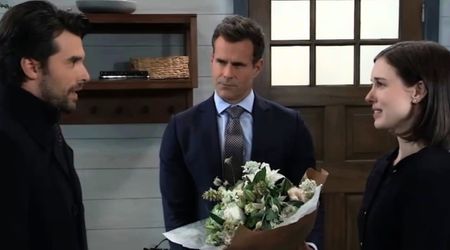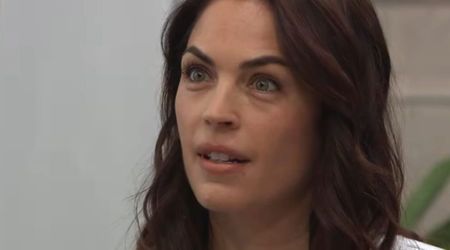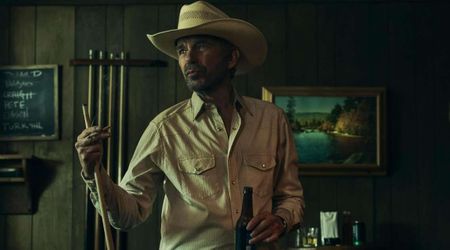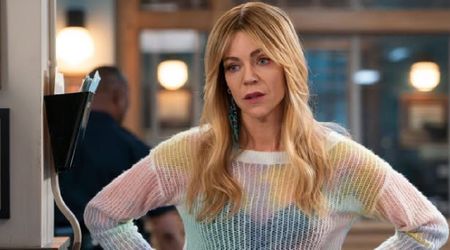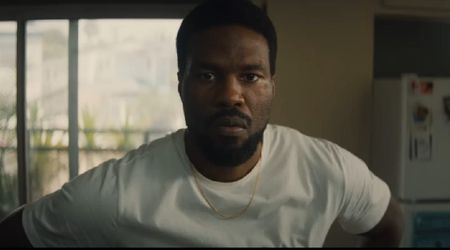'The Simpsons' shows we were faux colorblind much before Kristen Bell's 'The World Needs More Purple People'

Kristen Bell, who authored the children's book 'The World Needs More Purple People' co-written with Benjamin Hart, focuses on a "purple" people who "look for similarities before differences". The book's description on the Penguin-Random house website says Bell and Hart were "looking to reach beyond the political divide of red and blue".
The 'purple middle way', a mix of red and blue, is obviously aimed at addressing the current sharp divide between the majorly white Republican voters and black people who mostly vote Democrat. The covert political message was not appreciated by Twitter users, who were quick to lambast her 'see similarities, not differences' message. Most commented on how her book was meant for white kids who have never had to hear 'the talk' about race differences from their parents.
White people, with the privilege of not seeing color, can choose to 'explore similarities' between human beings. Black people don't have that luxury as their lives (and deaths) are shaped by their 'difference'. They can't ask "purple questions", as Bell has suggested, when a white cop is kneeling on their neck. But Bell's 'purple' ideology is certainly not a new phenomenon.
Cartoons on TV, which use the Red Green Blue (RGB) color wheel, like using yellow for main characters because they stand out among blue skies, green grass, or red bricks. Yellow also brings positive associations of joy and optimism in the viewers' minds. It is a color of 'privilege' in cartoons. Thus, there is a predominance of yellow main characters -- from Pikachu, to Sponge Bob to the most famous yellow family of America, the Simpsons. Matt Groening wanted the central family to stand out, so he went with yellow.
Now, you would think that for a show with yellow people, the race of the characters is moot, like in the mono-racial Smurfs clan (who also have a gender representation problem). But a show like 'The Simpsons' reveals how implicit racism works.
Most of the characters are yellow and they are stand-ins for whites. Since yellow stands out, they become the focal point of attention. The privileged color yellow is used to depict the privileged class.
People of color like Appu or Lou don't get a 'weird' color that stands out for their skin color but are given real-world skin colors instead. Further, most of the characters on 'The Simpsons' are yellow (read white) with just a few token characters of color.
This sort of faux 'colorblindness' permeates all levels of our society -- just look at the yellow emojis on your phones. We might think we are finding ways to be 'post-race' but we are really not. Bell's instructions on how to be a "purple person" also foregrounds the white person's perspective as we see a white girl's interactions with her father and grandmother (both white).
A few token black characters appear towards the end of the book where there are messages about racial and societal harmony. We don't see black people trying to be "purple people" because, in the current world we live in, it is impossible for them to be that way.


